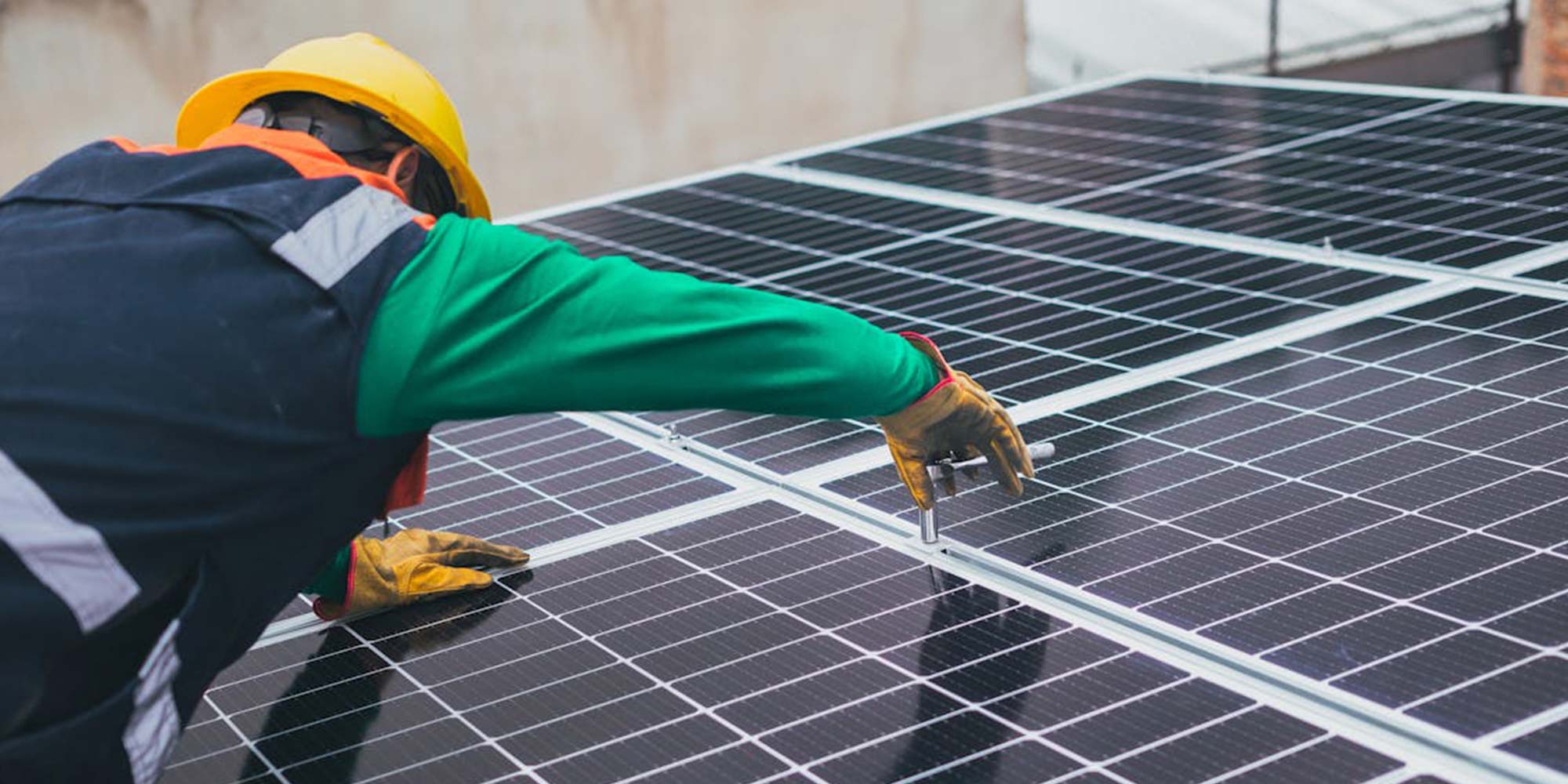Introduction:
Solar energy has emerged as a crucial player in the transition towards sustainable power sources. At the heart of solar power generation lie solar panels, but their efficiency and longevity can be compromised by environmental factors such as UV radiation, moisture, and debris accumulation. The advent of solar panel protective coatings represents a significant breakthrough, promising to enhance durability, performance, and overall efficiency. In this comprehensive guide, we’ll delve into the evolution of solar panel protective coatings, their mechanisms, benefits, and the transformative impact they have on the renewable energy landscape.
1. The Evolution of Solar Panel Protective Coatings
Solar panel protective coatings have undergone significant evolution over the years. Initially, coatings were primarily focused on basic functions such as weatherproofing and anti-reflectivity. However, with advancements in materials science and engineering, the scope of protective coatings has expanded to address a broader range of challenges faced by solar panels, including degradation from UV exposure, corrosion, and mechanical damage.

2. Understanding the Importance of Protective Coatings
Solar panels are exposed to a variety of environmental stresses, which can degrade their performance over time. UV radiation, temperature fluctuations, moisture, and airborne pollutants can all contribute to the deterioration of solar panel materials, leading to reduced efficiency and lifespan. Protective coatings act as a barrier against these factors, providing enhanced durability and longevity to solar panels while maintaining their optical properties for efficient energy conversion.
3. Mechanisms of Solar Panel Protective Coatings
Protective coatings for solar panels utilize a variety of mechanisms to safeguard against environmental damage. UV-resistant coatings absorb or reflect harmful ultraviolet radiation, preventing degradation of the underlying materials. Hydrophobic coatings repel water and prevent moisture ingress, reducing the risk of corrosion and mold growth. Additionally, anti-soiling coatings discourage the adhesion of dust, dirt, and other contaminants, minimizing the need for cleaning and maintenance.
4. Benefits of Solar Panel Protective Coatings
The adoption of protective coatings offers numerous benefits for solar panel owners and operators. Firstly, these coatings enhance the durability and lifespan of solar panels, reducing the frequency of replacements and maintenance costs. Secondly, by protecting against environmental degradation, protective coatings ensure consistent performance and maximum energy output over the panel’s lifetime. Furthermore, some coatings incorporate self-cleaning properties, reducing the need for manual cleaning and water consumption.
5. Types of Protective Coatings
Protective coatings for solar panels come in various formulations and compositions, each designed to address specific challenges and requirements. UV-resistant coatings contain additives that absorb or reflect UV radiation, protecting against material degradation. Hydrophobic coatings repel water and prevent moisture buildup, while anti-soiling coatings discourage the adhesion of dirt and debris. Additionally, scratch-resistant coatings provide an extra layer of protection against mechanical damage.
6. Applications and Case Studies
The adoption of protective coatings is widespread across various sectors, including residential, commercial, and utility-scale solar installations. Real-world case studies showcase the effectiveness of these coatings in enhancing the performance and longevity of solar panels. From rooftop solar arrays to large-scale solar farms, protective coatings have become an integral component of solar energy systems, ensuring reliable and efficient power generation.
7. Environmental Sustainability
Protective coatings contribute to environmental sustainability by extending the lifespan of solar panels and reducing the need for replacements. By protecting against environmental degradation, these coatings help maximize the energy yield of solar panels over their lifetime, ultimately reducing the carbon footprint associated with electricity generation. Additionally, coatings with self-cleaning properties minimize water consumption and chemical usage, further enhancing their environmental credentials.
8. Future Trends and Innovations
As the demand for clean energy continues to grow, so too does the innovation in solar panel protective coatings. Future trends may include the development of coatings with advanced functionalities such as self-healing properties, adaptive optical properties, and integration with smart technologies for real-time monitoring and control. Collaborative efforts between researchers, manufacturers, and policymakers will drive continued innovation and adoption of protective coatings in the solar energy sector.
Conclusion:
In conclusion, the breakthrough of solar panel protective coatings represents a significant advancement in the field of renewable energy. By providing enhanced durability, performance, and longevity to solar panels, these coatings play a crucial role in maximizing the efficiency and sustainability of solar power generation. As technology continues to evolve, protective coatings will remain at the forefront of ensuring the reliability and viability of solar energy as a clean and renewable power source.